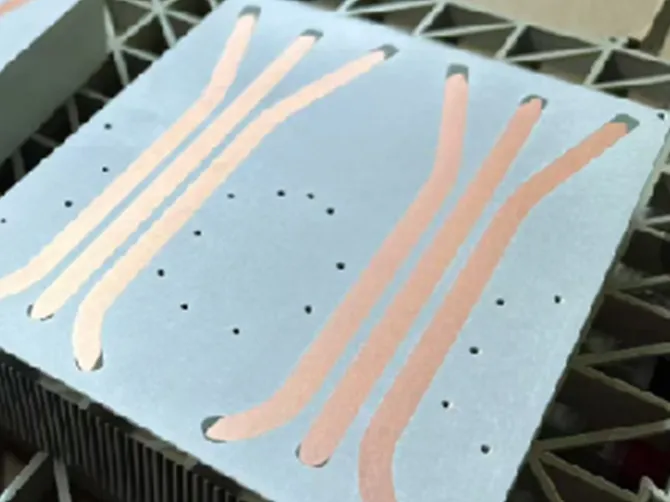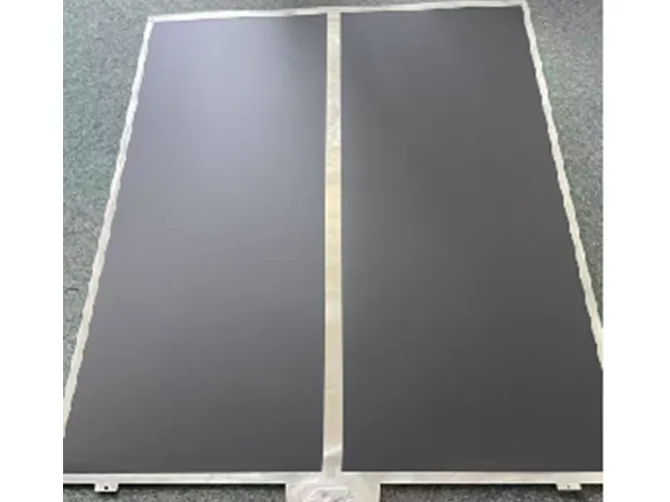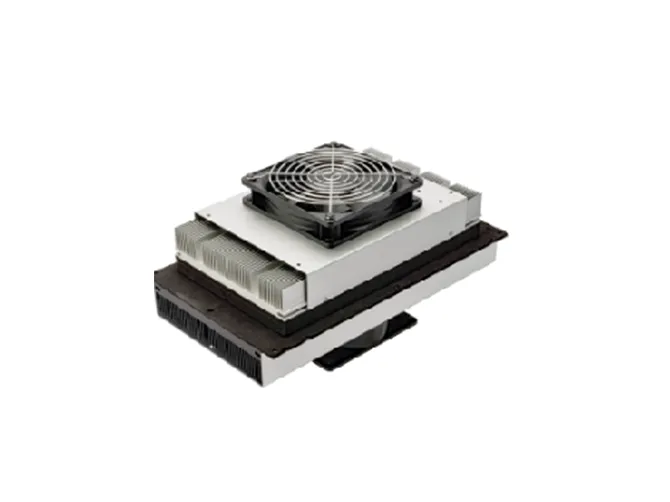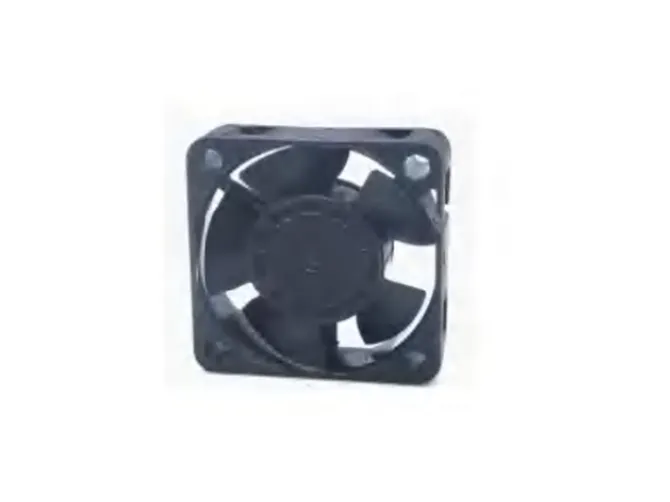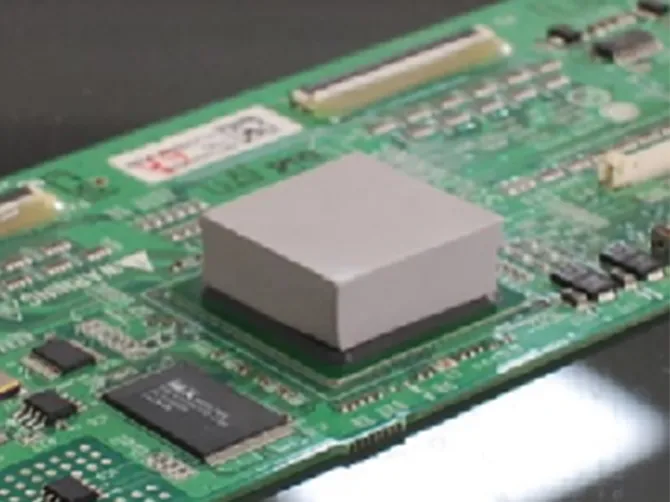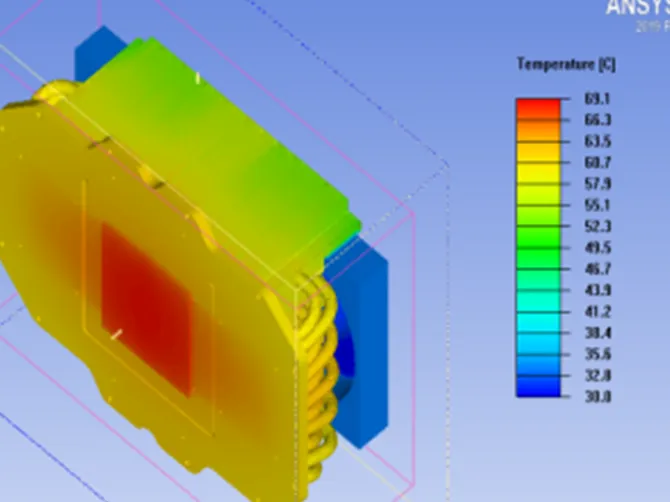Thermal management
Walmate has 20 years of experience in thermal management products, design solutions, and production, and can provide customers with reliable chip cooling technology in multiple fields. System level services ensure efficient heat dissipation solutions for customers
Walmate thermal managent
Accurate temperature control is a key technology that ensures stable operation, optimized performance, and extended lifespan of equipment. From microelectronic chips to large-scale new energy systems, heat generation and control run through the entire operation cycle of equipment, and thermal management is achieved through scientific design and intelligent regulation to efficiently manage heat and avoid performance degradation, fault risks, and energy waste caused by temperature anomalies.
The core value of thermal management
Accurate temperature control is a key technology that ensures stable operation, optimized performance, and extended lifespan of equipment. From microelectronic chips to large-scale new energy systems, heat generation and control run through the entire operation cycle of equipment, and thermal management is achieved through scientific design and intelligent regulation to efficiently manage heat and avoid performance degradation, fault risks, and energy waste caused by temperature anomalies.
Performance guarantee: High temperatures can cause delays in signal transmission of electronic components, decreased computational accuracy, and even trigger frequency reduction protection.
Reliability improvement: Temperature fluctuations are the main cause of electronic device aging and failure. Thermal management solutions can effectively reduce issues such as solder joint cracking, material deformation caused by thermal stress, and chip performance degradation under high temperature conditions.
Reliability improvement: Temperature fluctuations are the main cause of electronic device aging and failure. Thermal management solutions can effectively reduce issues such as solder joint cracking, material deformation caused by thermal stress, and chip performance degradation under high temperature conditions
Why choose Walmate for your thermal management
The core value of Walmate thermal management lies in breaking traditional design paradigms and building systematic competitive advantages. This is not only a manifestation of technical capability, but also a precise insight into the essence of demand, industry trends, and deep customer demands. Our goal in thermal management for customers is not simply to reduce temperature, but to ensure the functional stability and lifespan optimization of the system under complex working conditions.
From parameter compliance to system optimization
Not limited to meeting basic heat dissipation indicators, but through full chain thermal simulation, deeply coupling thermal design with mechanical structure, electrical performance, and energy consumption management to achieve system level design.
Interdisciplinary technology integration
The essence of competition in thermal management lies in the integration and iteration speed of cutting-edge technologies, interdisciplinary technology fusion, and the combination of micro nano structure heat dissipation materials, phase change energy storage technology, and biomimetic fluid mechanics, breaking through the performance ceiling of traditional heat dissipation methods. For example, by imitating the honeycomb structure to optimize the heat dissipation fins, the heat dissipation efficiency can be improved by 30% under the same volume.
Patent, New Technology Barrier
Choose a heat sink or liquid cooling plate that uses technology as a spear to provide customers with the best thermal management solution. Establishing patent barriers, new technologies, and new processes is a competitive strategy based on a system that is developed and referenced only for a certain customer. Through deep demand deconstruction, continuous technological evolution, and ecological resource integration, it creates value beyond expectations for customers and helps them gain a larger market.

